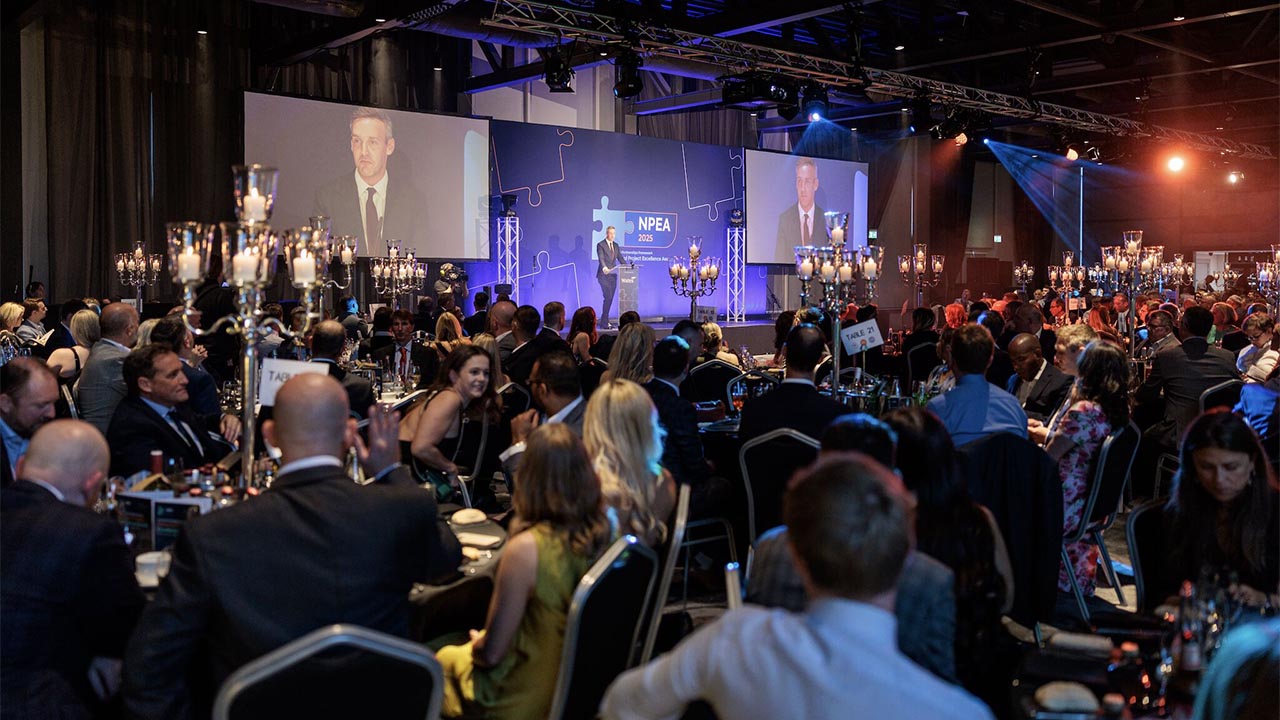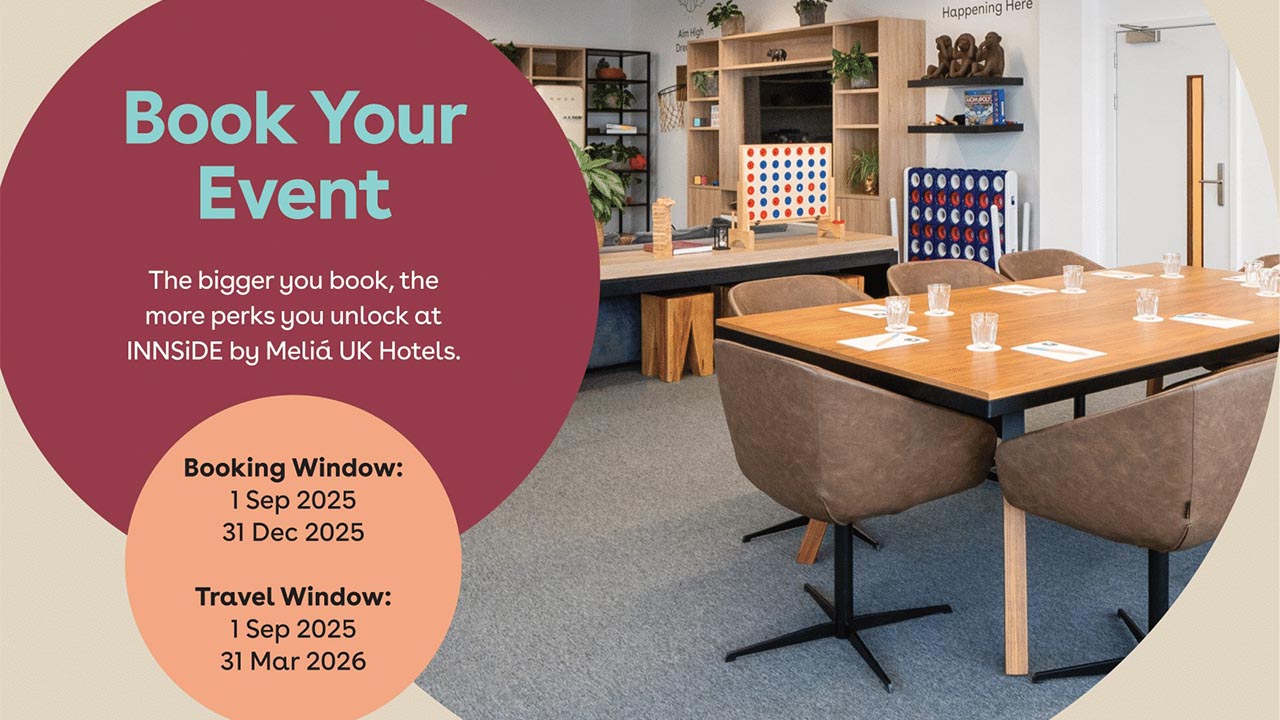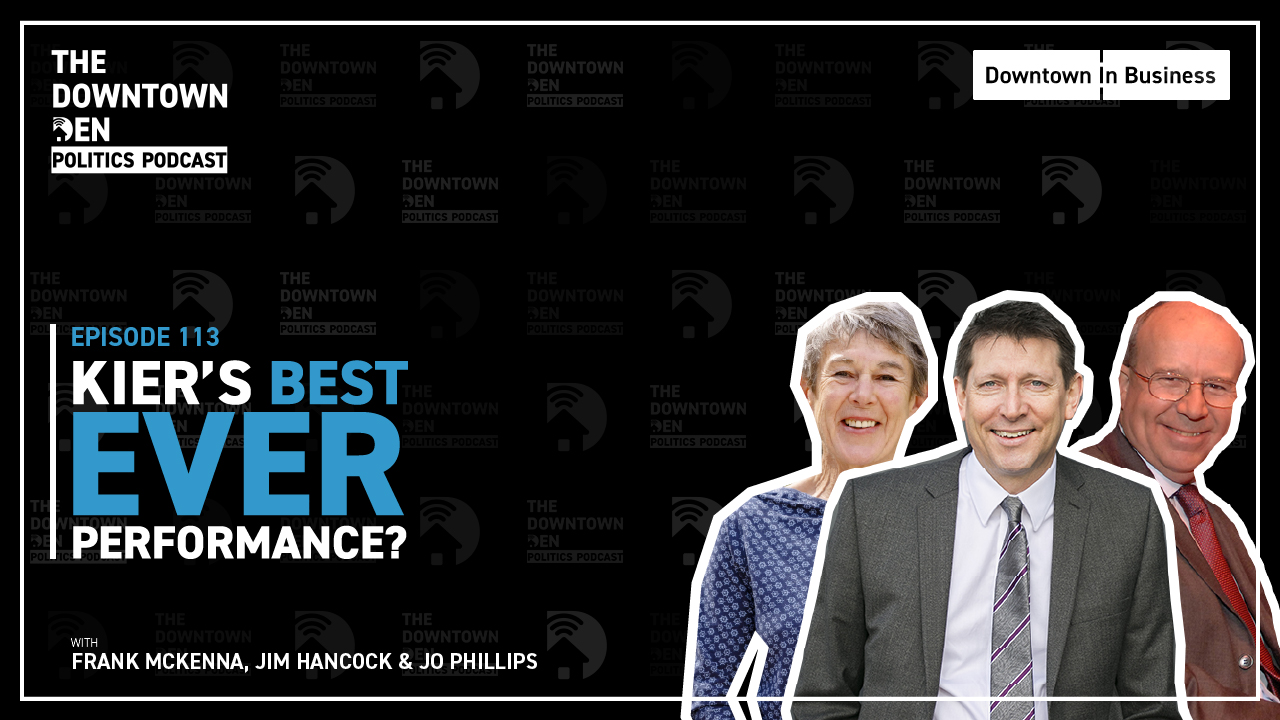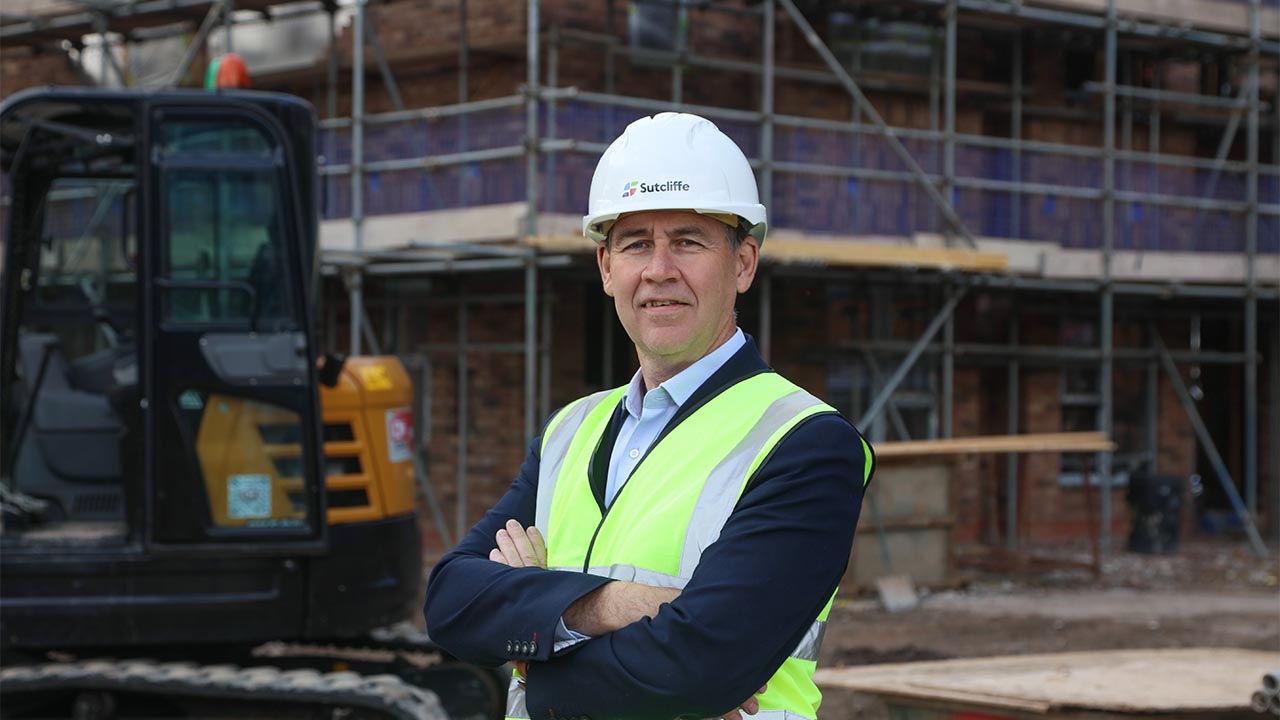Are the days of sitting at the same desk are coming to an end? Increasingly both employers and employees want flexibility, the ability to work when, how and where they want.
Mary Keeling, Business Development Manager from workplace consultants and office fit-out specialists, Blueprint Interiors, explains the concept of agile working and why it could be good for your business and the wellbeing of your people.
Companies that adopt an agile working culture look to embrace maximum flexibility and minimal restraints. They empower people to work when and how they feel is best through a mixture of clever office design and relevant technologies in order to give teams the tools they need to work efficiently.
But agile working encompasses more than that. Agile working is about bringing people, processes, connectivity, technology, time, and place together to find the most appropriate and effective way of working to carry out a particular task. It is working within guidelines (of the task) but without boundaries (of how you achieve it).
It can be massively beneficial from both a wellbeing and financial perspective, as it empowers people to work when and how they feel is best.
Now you’re clued up on what agile working could mean for your organisation, let’s talk about why it’s good for the wellbeing of your employees.
FLEXIBILITY
Working in an agile way often means having the flexibility to work when and where you prefer. This self-determination allows more freedom than being restricted to one environment for doing every task. Not to mention the fact that the environment might not be equipped for every task.
If a person’s job allows it, giving the flexibility for them to choose working hours within a given timeframe, or offering several workspace options can create a more enjoyable, efficient and productive work experience.
It doesn’t suit everyone, but offering this choice gives your people more autonomy, and the opportunity to thrive.
INCREASED PRODUCTIVITY
As we’ve already mentioned, agile working can promote productivity. And who doesn’t want a productive team? Alongside wellbeing, it’s a factor at the core of agile culture and, for obvious reasons, can significantly improve ROI for companies.
Research has found that 67% of ‘agile businesses’ reported a significant boost in their productivity. In some cases, it was increased by up to 20% – which is an efficiency boost most businesses would be very pleased about!
TALENT ATTRACTION AND RETENTION
If a person works in a stimulating environment suited to their needs, feels empowered to choose the way they work best and are smashing their work because of it, they’re probably going to be less likely to look for a job elsewhere.
Obviously, there are lots of other factors that affect when and why people change jobs. But hopefully you are beginning to get a clearer picture of the benefits agile working can produce.
Create an environment and culture that caters to employee needs in life and at work, and you’re going to create a more enjoyable place to work. Less time and money can be spent on the hiring process, and efforts can instead be focused on enhancing the wellbeing of current employees.
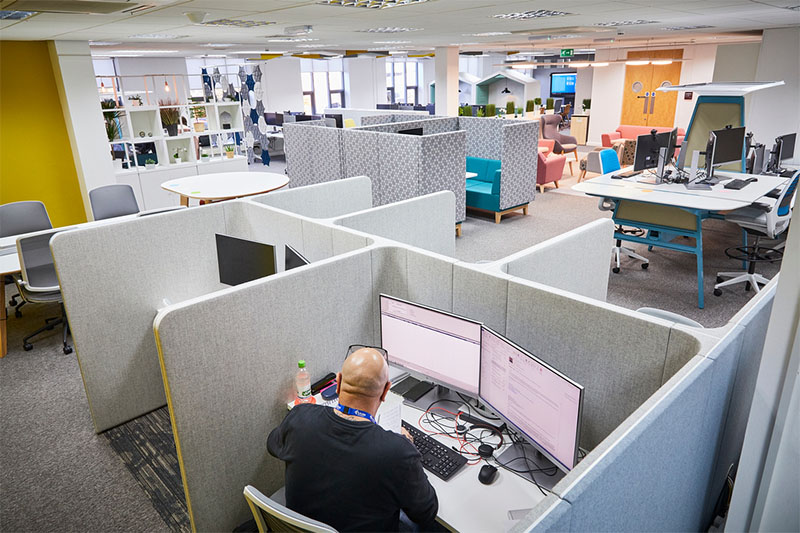
INNOVATION AND CREATIVITY
Creativity is a notoriously hard thing to foster. If you’re not feeling it, you’re just not feeling it. It can be very frustrating! But moving to a different work environment can help to relieve this frustration and release inspiring thoughts.
Being in a new setting can encourage new trains of thought, which can help with finding new and creative approaches to the same problem.
This is why providing a variety of spaces for people can be so good for wellbeing. There’s nothing more effective than empowering someone to do their job to the best of their ability. And no better feeling than being empowered to do so.
SMARTER WORKSPACE UTILISATION
Embracing agile requires careful consideration of how your space is best used, as well as creating a culture that embraces this way of working.
This might mean creating spaces for tasks in your office that didn’t previously have dedicated space. Or changing the way your people choose how, when and where they work.
The good news is that technology makes this easier than ever before as the same space can be equipped for different uses, and people can connect from practically anywhere.
For example, we find that most offices have some under-used desk space of some sort. Very often, technology, furniture and acoustics can be used to transform these redundant areas to provide new and valuable workspace. So, it’s always worth taking a look at how you’re actually using the spaces in your workplace and if they can change to benefit people more than they currently do.
When we are approached about an office fit-out project, the problems our customers face are usually that they are running out of space for people to work, their workspace needs refurbishing (for many reasons), or they are about to occupy an entirely new ‘shell’ office.
By taking a step back to define the requirement first, our workplace consultancy approach helps to create a workplace strategy which often identifies the potential to work in an agile way, either reducing the demand for square footage or by maximising the space already available by adopting new working practices. The aim is to ensure sustainable cost reductions can be achieved and that business aims and ambitions are supported by the working environment.



